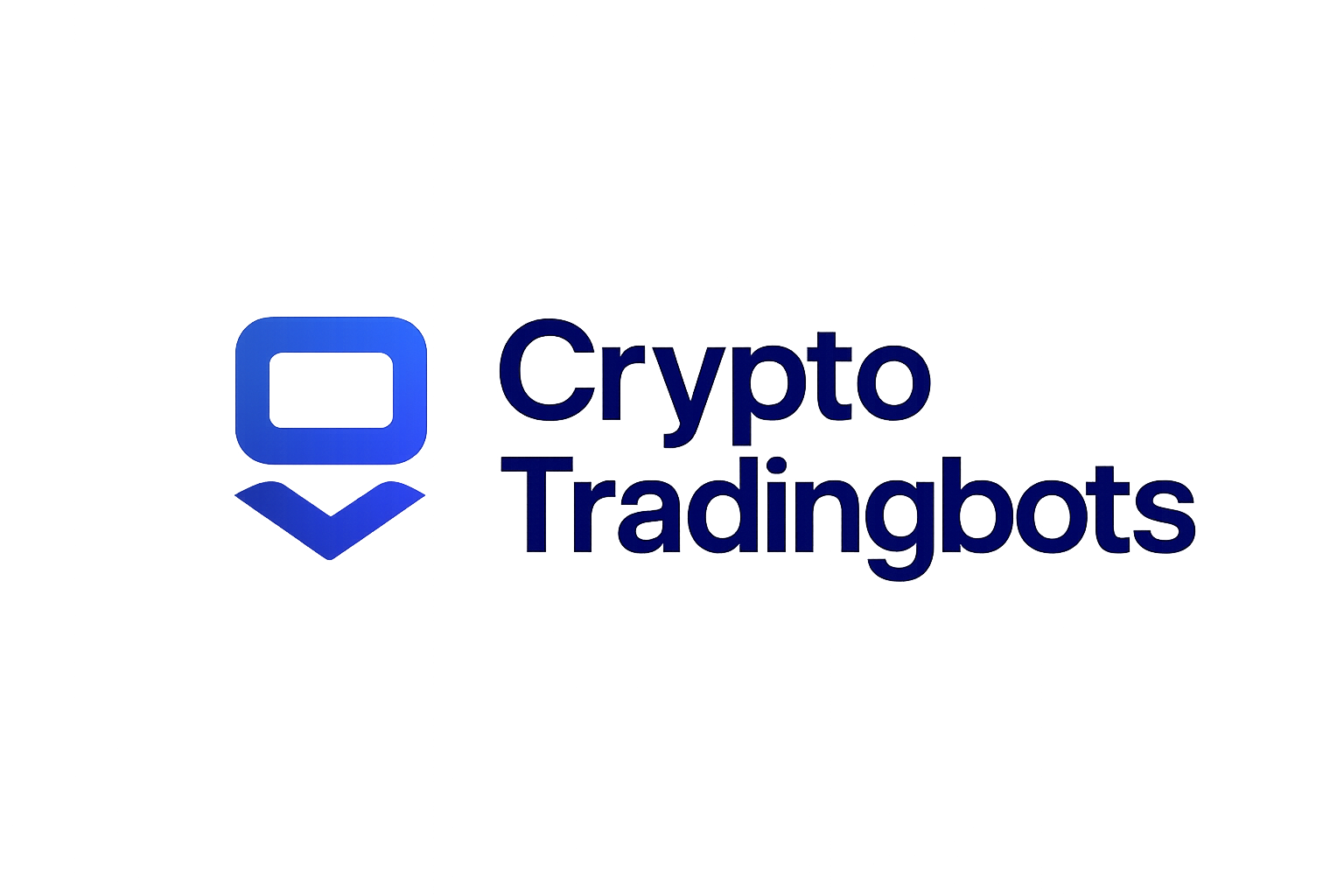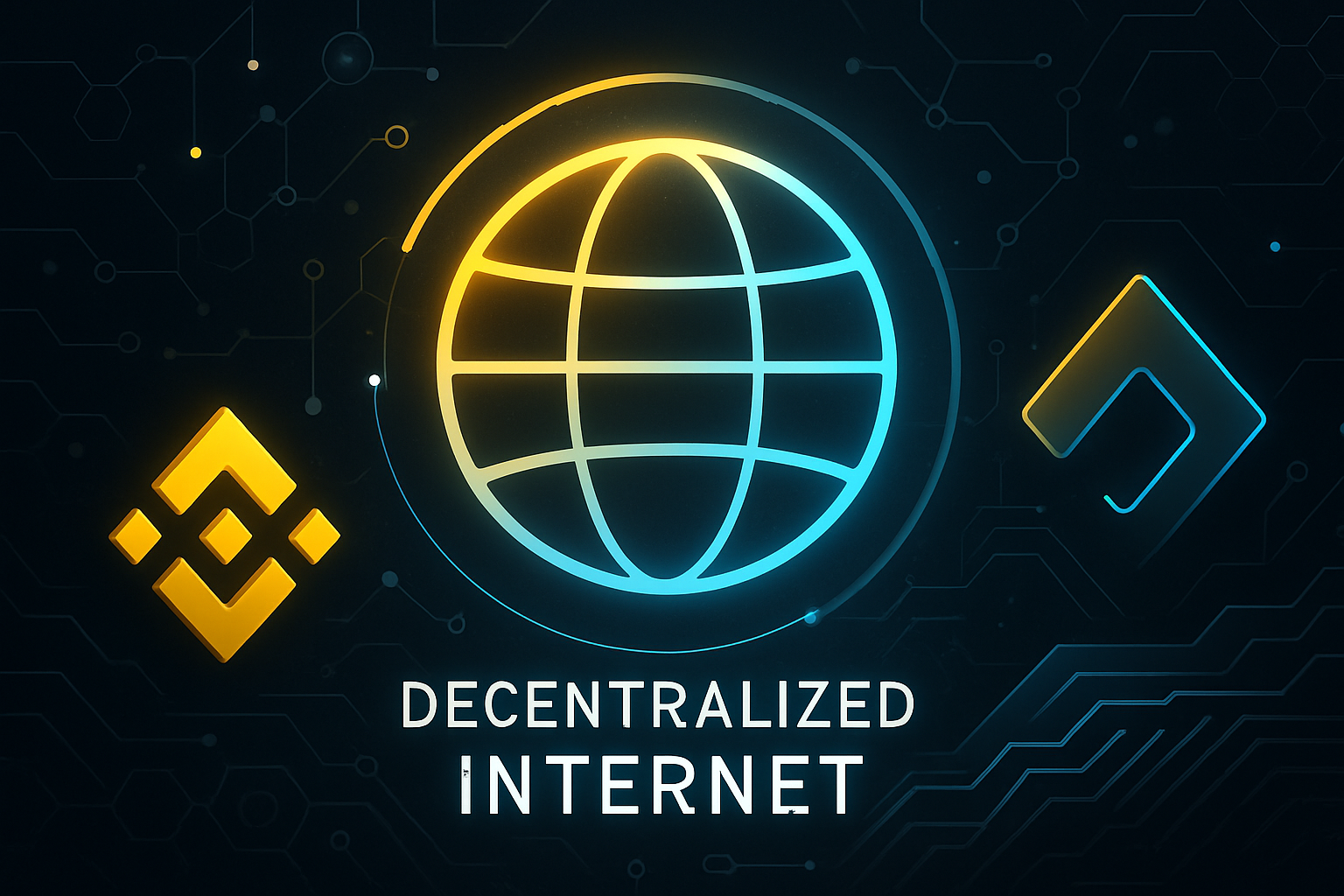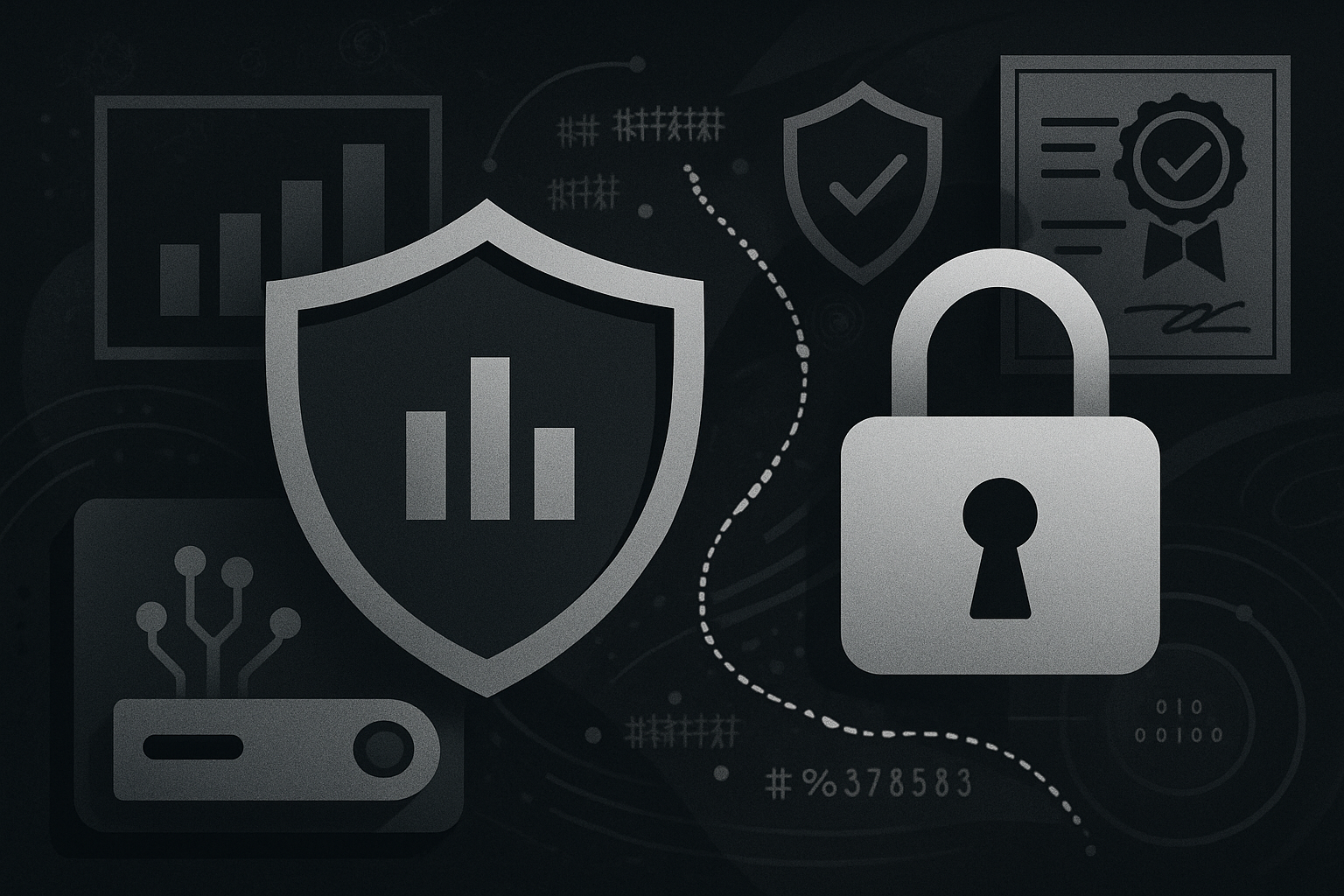
Building a multi-chain AI trading agent in 2025 is no longer the domain of only elite quant teams or well-funded DeFi startups. Thanks to rapid advancements in blockchain interoperability and open-source AI tooling, you can now assemble a robust, cross-chain crypto trading bot in under 30 minutes, without sacrificing sophistication or security. Whether you’re a seasoned algo trader or a DeFi enthusiast eager to automate your portfolio, this guide will walk you through the essential steps, highlight best practices, and provide actionable insights to help you create your own agentic DeFi powerhouse.

Why Multi-Chain AI Trading Agents Are Essential in 2025
The crypto landscape has evolved dramatically since the early days of single-chain bots. Today, liquidity is fragmented across Ethereum, Solana, Binance Smart Chain and dozens of emerging networks. The rise of agentic DeFi, where autonomous bots interact with multiple protocols and chains, means that multi-chain AI trading agents are now critical for anyone seeking an edge in digital asset markets.
Multi-chain agents unlock several advantages:
- Access to Arbitrage Opportunities: Exploit price discrepancies across decentralized exchanges on different chains.
- Improved Liquidity Management: Route trades for optimal execution regardless of where liquidity pools reside.
- Diversified Strategy Deployment: Run distinct models on various networks simultaneously for greater risk-adjusted returns.
This shift is powered by open interoperability protocols like Model Context Protocol (MCP) and seamless smart contract deployment tools such as Hardhat. In short: if your trading agent isn’t multi-chain by design, it’s already behind.
The Fastest Path: Setting Up Your Multi-Chain Development Environment
The foundation of any successful multi-chain bot is a streamlined development environment that supports both blockchain operations and AI model integration. Here’s how to get started quickly:
- Select Your Blockchains: Choose at least two major networks (e. g. , Ethereum for its liquidity depth and Solana for speed). Each chain offers unique arbitrage and yield farming opportunities.
- Install Core Tools:
- Node. js: For JavaScript-based scripting and server-side logic.
- Hardhat: Enables local testing, deployment, and debugging of smart contracts across EVM-compatible chains.
- Python: The go-to language for integrating advanced AI models like GPT-4 or Fin-R1 into your trading logic.
- Synchronize Your Tooling: Make sure your development stack allows seamless communication between Python-based AI modules and blockchain interaction scripts (often via web3. py or ethers. js).
If you need more detail on setting up these environments for rapid prototyping, check out our step-by-step breakdown here: How to Build a Multi-Chain AI Trading Agent in Minutes (Step-by-Step Guide).
Coding the Intelligence: Implementing Real-Time Trading Logic with AI
The heart of any effective multi-chain bot is its decision-making engine. In 2025, most builders leverage pre-trained models, like GPT-4 or domain-specific architectures such as Fin-R1, for market analysis, risk management, and trade execution signals. Here’s how to bring these elements together efficiently:
- Select Your Model: Use a pre-trained NLP model for sentiment analysis (scanning news feeds or social media) alongside time-series models tuned for technical indicators like RSI or MACD.
- Create Modular Strategies: Design each strategy as an independent module so it can be deployed across different blockchains without major rewrites. This modularity also makes it easier to run multiple strategies concurrently, a must-have feature in volatile markets.
- Pipelining Data Streams: Integrate real-time price feeds using APIs from leading aggregators. This ensures your bot reacts instantly to market shifts across all connected chains, a critical requirement when executing arbitrage or managing stop-loss automation with your AI bot.
The best part? Modern frameworks allow you to iterate rapidly, testing strategies locally before deploying them live via smart contracts using Hardhat or similar tools. For those looking to dive deeper into hands-on tutorials with code samples and architecture diagrams, our comprehensive walkthroughs are available at: How to Build and Deploy Multi-Chain AI Trading Agents in Under 30 Minutes.
Once your AI models and trading logic are in place, the next challenge is orchestrating seamless execution across multiple blockchains. This isn’t just about deploying smart contracts on Ethereum or Solana; it’s about ensuring that your agent can monitor, react, and execute trades in real time, wherever the opportunity emerges.
Cross-Chain Automation and Monitoring: Best Practices
Here’s where modern automation platforms like n8n shine. By connecting your AI modules to blockchain APIs and smart contract functions, you can create workflows that:
- Continuously ingest real-time price data from multiple DEXs and CEXs
- Trigger trades or rebalance actions based on AI-generated signals (e. g. , sentiment spikes, indicator crossovers)
- Send alerts or pause trading automatically if abnormal volatility or risk thresholds are detected
This event-driven approach not only boosts efficiency but also helps mitigate risks inherent in fast-moving markets. For those focused on compliance and security, integrating Multi-Party Computation (MPC) for transaction signing is now standard practice, ensuring private keys remain safe even as your agent operates across disparate networks.
Security, Compliance, and Adaptive Strategy Tuning
No matter how advanced your trading logic is, a single vulnerability can undermine months of hard work. In 2025, best-in-class multi-chain bots employ layered security measures:
- MPC-based signing: Distributes transaction approval across multiple nodes for robust protection.
- KYC/AML integration: Essential for DeFi protocols subject to evolving regulatory scrutiny, especially if your agent interacts with fiat ramps or institutional pools.
- Error handling and fallback routines: Ensure the bot can gracefully handle network outages or unexpected API changes without exposing funds to unnecessary risk.
Tuning strategies dynamically is also crucial. Modern agents use feedback loops, monitoring win rates, slippage, latency, to update hyperparameters or swap out underperforming models automatically. This adaptability is what separates a profitable bot from one that gets left behind by market evolution.
Resource Roundup: Where to Go Next?
If you’re eager to level up your build with deeper technical dives or want code samples for specific blockchains, these resources will accelerate your journey:
- How to Build a Multi-Chain AI Crypto Trading Agent in 30 Minutes with CaffeineAI
- How to Build and Combine AI Trading Agents for Automated Crypto Strategies in 2025
The open-source community around agentic DeFi development is thriving. Whether you want to experiment with stop-loss automation on Ethereum or deploy arbitrage logic on Solana, there’s never been a better time, or a lower barrier, to build a truly multi-chain AI trading agent.
The future belongs to those who iterate quickly and embrace interoperability. With patience and perspective, and the right tools, you’ll be well positioned for whatever digital finance brings next.




